Designing Interiors with a Full Palette of Choices
Learning Objectives:
- Explain the ways that BIM software can help improve interior designs that not only elevate the human experience but also provide for health and safety.
- Identify and recognize the significance of color, texture, and biophilic design as part of an interior design strategy to promote health and wellness in buildings.
- Assess products and materials that can enhance interiors while contributing to the welfare of building occupants and users.
- Determine ways to incorporate advanced principles of commercial restroom design for better hygiene, protection against germ transfer, and improved cleanliness.
Credits:
This course is approved as a Structured Course
This course can be self-reported to the AANB, as per their CE Guidelines
Approved for structured learning
Approved for Core Learning
This course can be self-reported to the NLAA
Course may qualify for Learning Hours with NWTAA
Course eligible for OAA Learning Hours
This course is approved as a core course
This course can be self-reported for Learning Units to the Architectural Institute of British Columbia
Some of the best building interiors are those that work with the architectural space and support its intended uses. While that sounds simple, getting there is a matter of combining design prowess with the best selection of products, materials, colors, and surface treatments. It can also be directly impacted by the lighting of the space, whether from natural daylight or electric lighting with controls. In this course we look at some of the latest choices that architects and designers can pick from as part of a total palette. Understanding the different choices helps streamline work and focus the design process on the best ways to achieve fully coordinated interiors.
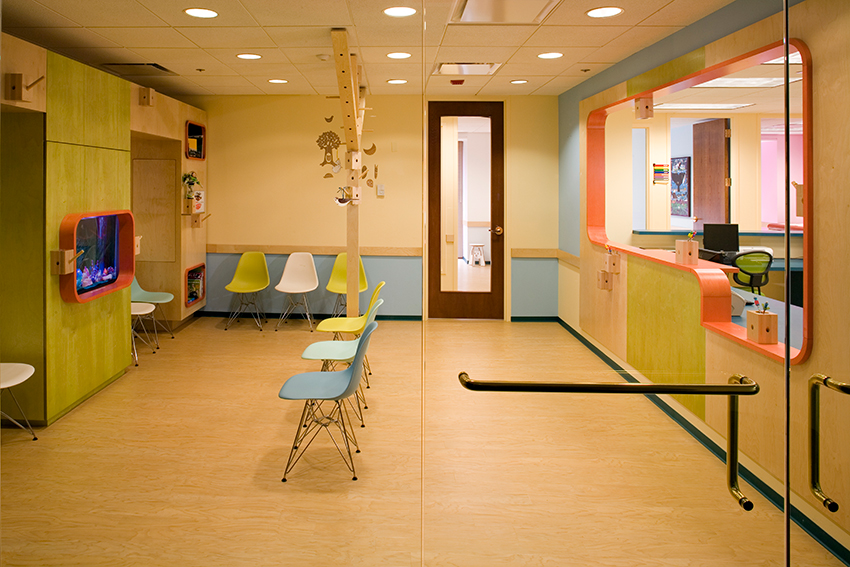
Photo courtesy of Doug Snower Photography; Project © Architecture Is Fun
Interiors that consider all of the options of materials, colors, and space use can produce creative and inviting solutions.
INTERIOR VISUALIZATION
Designing engaging, innovative building interiors requires designers to use a variety of skills, insights, talent, and motivations. Different people might take different approaches and use different means to create the result, but all of them need to rely on a good basis of both the theoretical and practical aspects of interior spaces.
Increasingly, design firms are relying on computer software and building information models (BIM) to visualize, design, change, and finalize great buildings and their interiors. The three-dimensional BIM software allows designers to sketch, model, and document in a fully integrated workflow with a flexible, design-centric BIM solution. This promotes easier collaboration among different design team members who can all use the same platform to design, review, and assess different options and solutions quickly and readily.
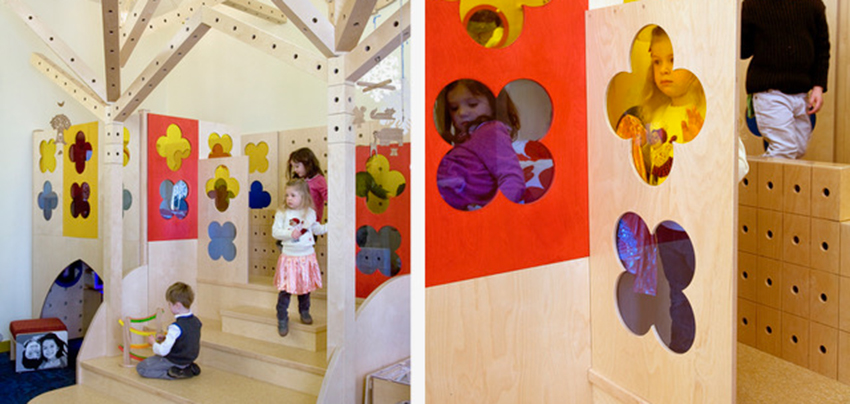
Photo courtesy of Doug Snower Photography; Project © Architecture Is Fun
The creative and fun use of shapes, forms, and color in building interiors can be facilitated through the appropriate use of BIM.
A great example of a design firm that has fully embraced BIM for creative interiors is known as Architecture Is Fun, Inc. based in Chicago. Owned by the award-winning architecture and design team of Peter and Sharon Exley, their approach is that fun elevates the everyday experience of a building─through architecture, exhibit design, public space design, and design for kids. This husband-and-wife team’s approach is based on tapping the limitless possibilities of a child’s wide-open way of thinking. “We fail to remember play in our busy adult lives,” Peter says, “and that childhood experience shapes who we become and is therefore a critical touchstone. There is levity and wit in our work to make it more accessible, and we wish there were more of this in the built environment.”
Peter is a huge advocate for using BIM for its capabilities, explaining that it is how architects can provide immeasurable, lifetime value to their projects. “We’d be foolish not to use BIM,” he says. “It’s an amazing opportunity, because rather than handing over the keys when a project is done, building information models allow architects to have life-long relationships with their projects, maintaining and leveraging value with owners for a building’s lifecycle, supporting changes, and driving efficiencies. BIM has the opportunity to generate more revenue streams, make buildings more cost-effective, reduce the cost of the buildings, reduce waste in a project, and drive more collaboration.” He views BIM as a sea change, enabling architects to remain “design-focused, sustainably minded stewards of the designed environment.”
The firm also wants to see more play for adults at their homes and places of work, with value placed on play in public spaces. “The 4D experiences we work on help people have moments where they can take a breath and enjoy, and I think it’s important that we enrich and elevate those experiences,” says Sharon. Peter agrees, noting, “We’ve got to be in spaces that reflect in design.”
In addition to these aspirations, Architecture is Fun projects demonstrate the visible and tangible influence of color in architecture as a major force and design consideration. They acknowledge that color delivers architectural and emotional intention, and the use of BIM allows them to visualize and explore different color combinations on different surfaces of an interior. This has paid off, as they have been named the winner of the Benjamin Moore HUE Award for exceptional use of color in interior spaces and environments. Altogether, they use their skills, talents, and BIM, to make accessible, safe, sustainable, and welcoming places to learn, live, work, and play.
Wendy Birkemeier, manager for children’s services at Fountaindale Public Library, was part of the client team for the design of their library building. She comments, “Working with you both (Peter and Sharon Exely) on the design of the library was one of the highlights of my career. Few librarians can have the opportunity to participate in the planning and creation of a new space. Eight years later, our environment continues to provide beauty and inspiration to the public and those of us who work here.”
A fellow architect and colleague, John Clark of Cordogan, Clark & Associates, sums up the successful design work of the firm this way: “Peter and Sharon Exley have long been Chicago’s answer to the legendary design duo Charles and Ray Eames, combining sincerity, honesty, conviction, affection, imagination, and humor with design. They especially delight in bringing their exuberant design approach to design for kids, young adults, and students of all ages in work that fuses architecture with education and makes learning fun!”
IMAGERY IN DESIGN
One way to add more fun and innovation to interiors is through the use of large-scale imagery that is incorporated onto walls and other surfaces. The type of images used can range from graphics for logos and team mascots or incorporate high-resolution photos of people, places, or things. There can be several motivations for incorporating such innovative imagery into building interiors.
Biophilic Design
A growing interior design trend that has been directly related to human health and welfare is the use of biophilia in buildings. Defined literally as a love of living things or a love of nature, biophilic design is a concept focused on increasing occupant connectivity to the natural environment in creative ways. Theorists argue that this approach taps into the hard wiring of human beings who, over the span of history, have developed an affinity for the life-supporting aspects of the natural world. In a post-pandemic era, biophilia has received more attention as a means to help people reconnect with nature and influence their general sense of well-being.

Photo courtesy of Inpro
The use of biophilic digital floral imagery is used in the Samaritan Medical Center in Watertown, N.Y., to promote healing and wellness.
When direct links to the outside aren’t practical or feasible, then there is another approach that is also effective and often more readily incorporated into a building. In these cases, the use of large-scale graphics and imagery that portray scenes from nature can be used. Independent researchers have long been aware of the benefits of such features in healthcare environments. For example, in a blog for the Huffington Post, Brooke Seidelman wrote on evidence-based design and the impact of art in healing:
“In 1984, a landmark paper by Dr. Roger Ulrich helped establish the field of evidence-based design through a study in which he found that patients who had hospital rooms with a window required less pain medication and recovered at faster rates than patients in rooms without windows. Since that publication, the field of evidence-based design has expanded and numerous studies have shown that artwork in patient rooms offer comparable benefits─promoting healing, relieving patients’ pain and stress, and increasing their overall well-being.” A number of other studies have been conducted since then that confirm and build on the evidence that biophilic imagery helps with healing and general wellness for people.
Such large-scale, biophilic imagery can be incorporated into an overall interior design strategy in a number of different ways. The first is to use digitally printed art or imagery. This technique allows nature scenes to be turned into whole-wall imagery or, using large-scale graphics, to create inspiring biophilic designs. That is now possible using printed wall protection products that combine high-resolution images with durable wall protection. These are fabricated by back-printing a graphic image onto a clear, resilient sheet. Along with truly endless design capabilities, this approach also provides high-impact durability to wall surfaces. Since the graphic is back-printed on the protective sheet, there is no worry about the image being scratched over time. That means high-resolution photographs, artwork, or any other biophilic graphic can be printed and incorporated onto as large a wall space as a design may call for.
If entire walls aren’t available for biophilic design graphics, then perhaps windows are. Views out of windows can sometimes be less than pleasing and look onto areas that are not natural or soothing. In cases like this, one option is to incorporate printed images onto roller-shade fabrics. Depending on the density and weave of the shade, daylight can still be allowed in, but the image printed on the inside, looking out can be much more natural and uplifting. In cases where there are views of natural areas, then the positive biophilic effects can be achieved. Incorporating solar shades with fabrics containing more openness in the weave can reduce the sun’s glare and heat gain, yet still allow for those outside views.
Notice
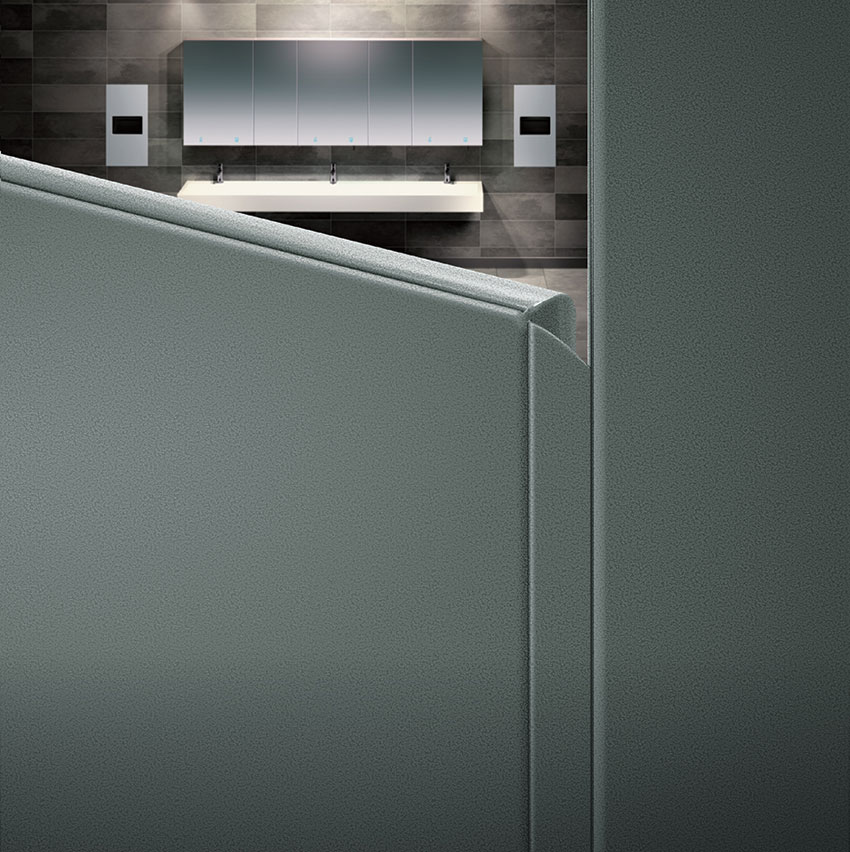
www.asi-accuratepartitions.com/privacy
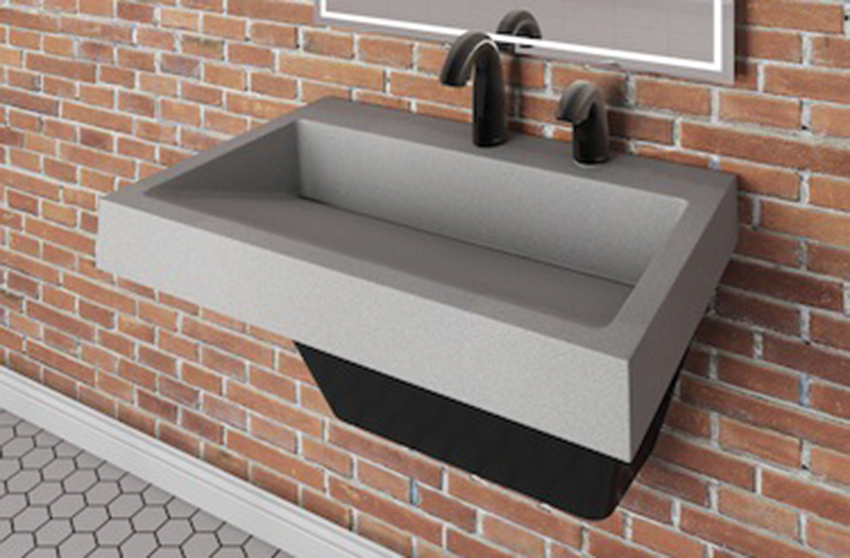
www.bradleycorp.com
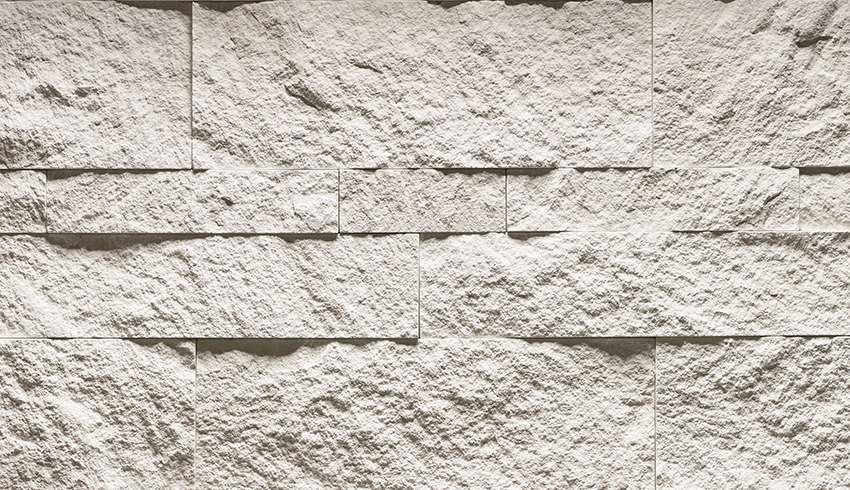
www.culturedstone.com
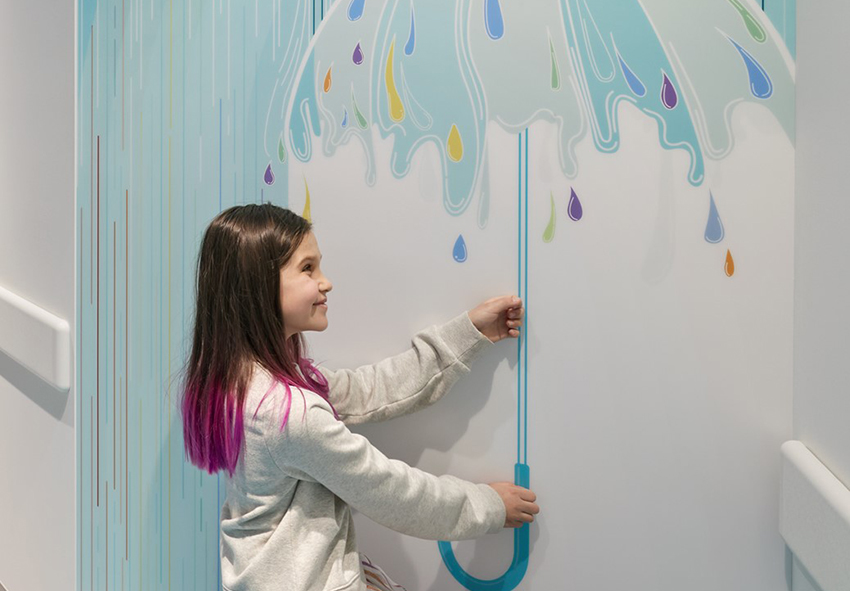
www.inpro.com

www.tamlyn.com
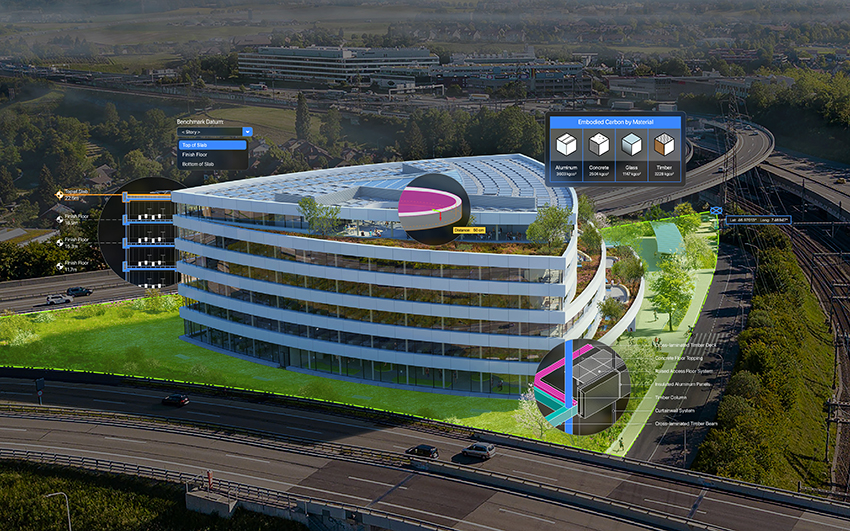
www.vectorworks.net/architect

















